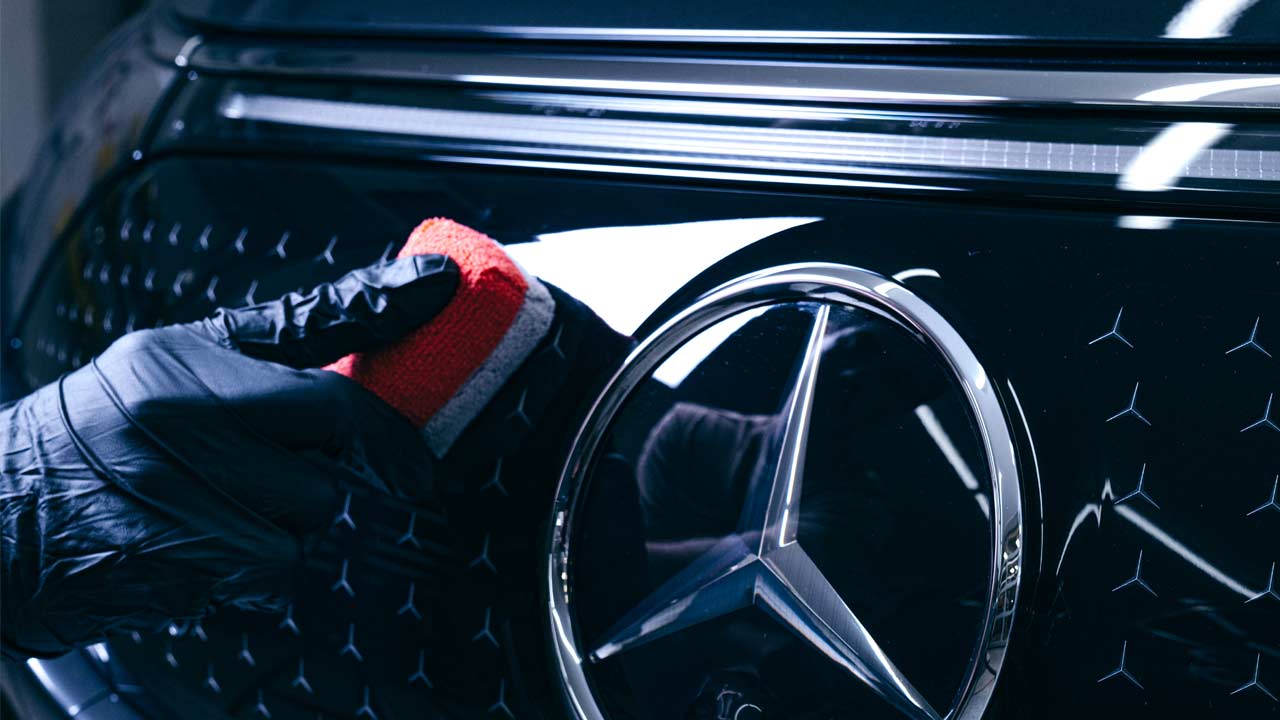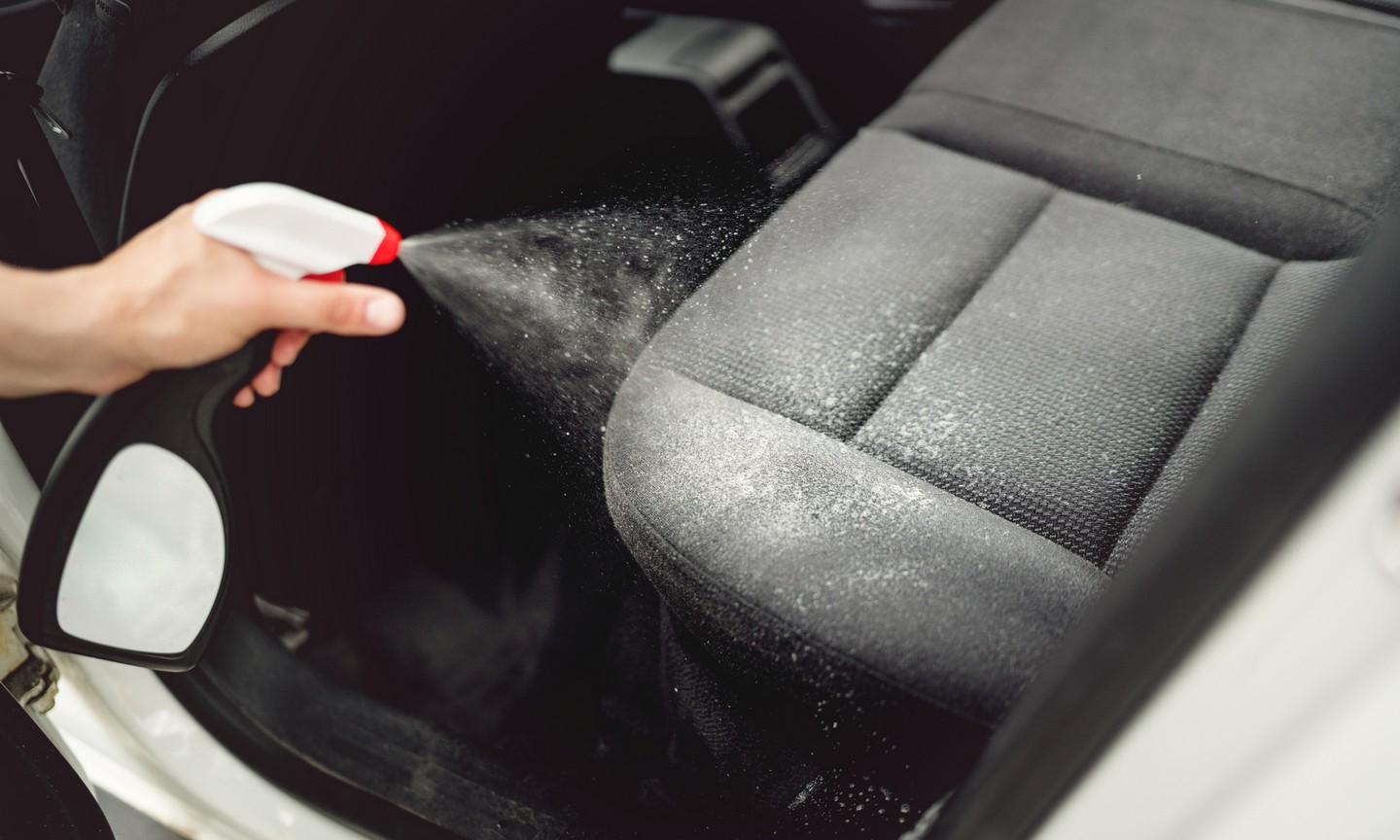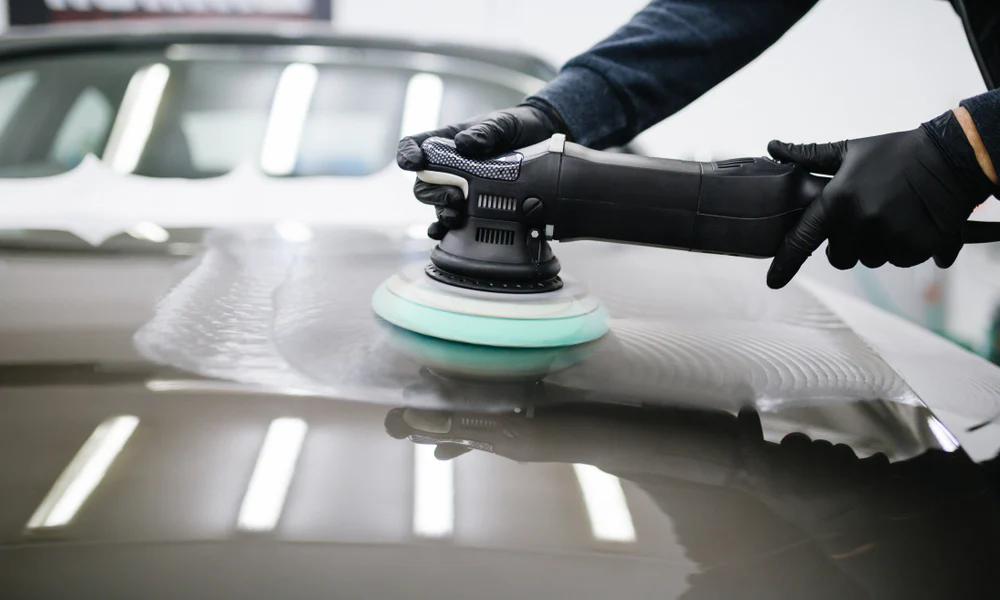
Polishing Your Car's Paint Keeps it Protected
Your car’s paint is arguably one of its most defining features. A stunning, glossy exterior doesn’t just turn heads on the road; it reflects how well the car has been cared for over time. Polishing, often overlooked in routine car maintenance, is a vital step in keeping your car’s paint looking new while offering added protection to ensure it lasts longer. It’s not merely about aesthetics—it’s about preserving your vehicle's overall integrity and value.
The Role of Polishing in Paint Maintenance
As shiny as a new car looks, its paint isn’t invincible. Weather exposure, dirt, grime, minor scratches, and other contaminants slowly deteriorate the original paint layer, leaving it dull, damaged, and fatigued. Over time, imperfections such as swirl marks and oxidation reduce the reflective qualities that make your car’s paint gleam.
Polishing acts like a rejuvenating treatment for your vehicle’s paint surface. It works by carefully removing a thin layer of the paint, essentially erasing the minor blemishes and leveling out rough patches. However, the process does far more than simply restore shine—it removes contaminants and imperfections that weaken your paint’s durability.
The Link Between Polishing and Paint Protection
While polishing primarily addresses imperfections and enhances shine, it indirectly contributes to the protective measures for your car's paint. A smoother, polished surface is more resistant to accumulating dirt, grime, and moisture. Additionally, polishing creates the ideal foundation for a protective wax or sealant layer. Prepping the paint surface through polishing ensures that waxes or coatings adhere well and last longer, enhancing the durability and resilience of your car’s paint.
Without polishing, protective layers applied to your car may trap dirt or scratches beneath them, limiting their effectiveness. Therefore, polishing is a preparatory step that bolsters the entire protective process. Simply put, polished paint is smoother, cleaner, and less vulnerable to harm over time.
Polishing as a Restorative Process
One of the most rewarding aspects of polishing is its ability to give a faded or worn-out vehicle a near-new appearance. Whether your car looks dull from years of wear or has acquired noticeable water spots or swirl marks, polishing often works as the perfect restorative process.
During polishing, the abrasives in the product remove superficial damage, caused by accidental scratches, hard water deposits, or contaminants from the environment. This restoration is especially beneficial for older vehicles where fading and dullness seem unavoidable. Rather than spending thousands on a complete repaint or finish restoration job, regular polishing can often breathe new life into your existing paint.
Why Polishing Impacts Car Value
If maintaining your car’s appearance isn’t reason enough, consider the impact of polishing on its resale value. A car with shiny, well-maintained paint signals a history of overall care and attention. Buyers are far more likely to invest in a vehicle whose exterior matches its mechanical reliability.
Contrast this with a dull or scratched car whose paint shows neglect—it’s more likely to drop in value because buyers perceive it as poorly maintained overall. Regular polishing is, therefore, not just a cosmetic effort but an investment in preserving your car's worth in the long run.
An Essential Part of Long-Term Maintenance
While polishing doesn’t need to be done as frequently as washing, it remains a critical component in long-term car maintenance. Think of it as a reset button for your car’s paint—a step that doesn’t just clean but also corrects it. Incorporating polishing into your routine shows a deeper commitment to your car’s upkeep. It’s about preserving not just the car’s appearance but its overall durability against wear and tear over time.
Conclusion
Polishing is an essential practice that reinvents your car’s paint to look as good as new while fortifying its first line of defense against damage. Beyond its functional contributions to extended paint longevity, it transforms your car's appearance, making it look fresh, vibrant, and well-kept.
Whether you drive a brand-new vehicle or an old, cherished one, polishing is key to sustaining its beauty and value. This process ensures your car doesn’t just shine on the outside but stays protected from the inside out. So, if you want your vehicle to reflect your sense of pride every time you take it out on the road, polishing isn’t optional—it’s vital.






